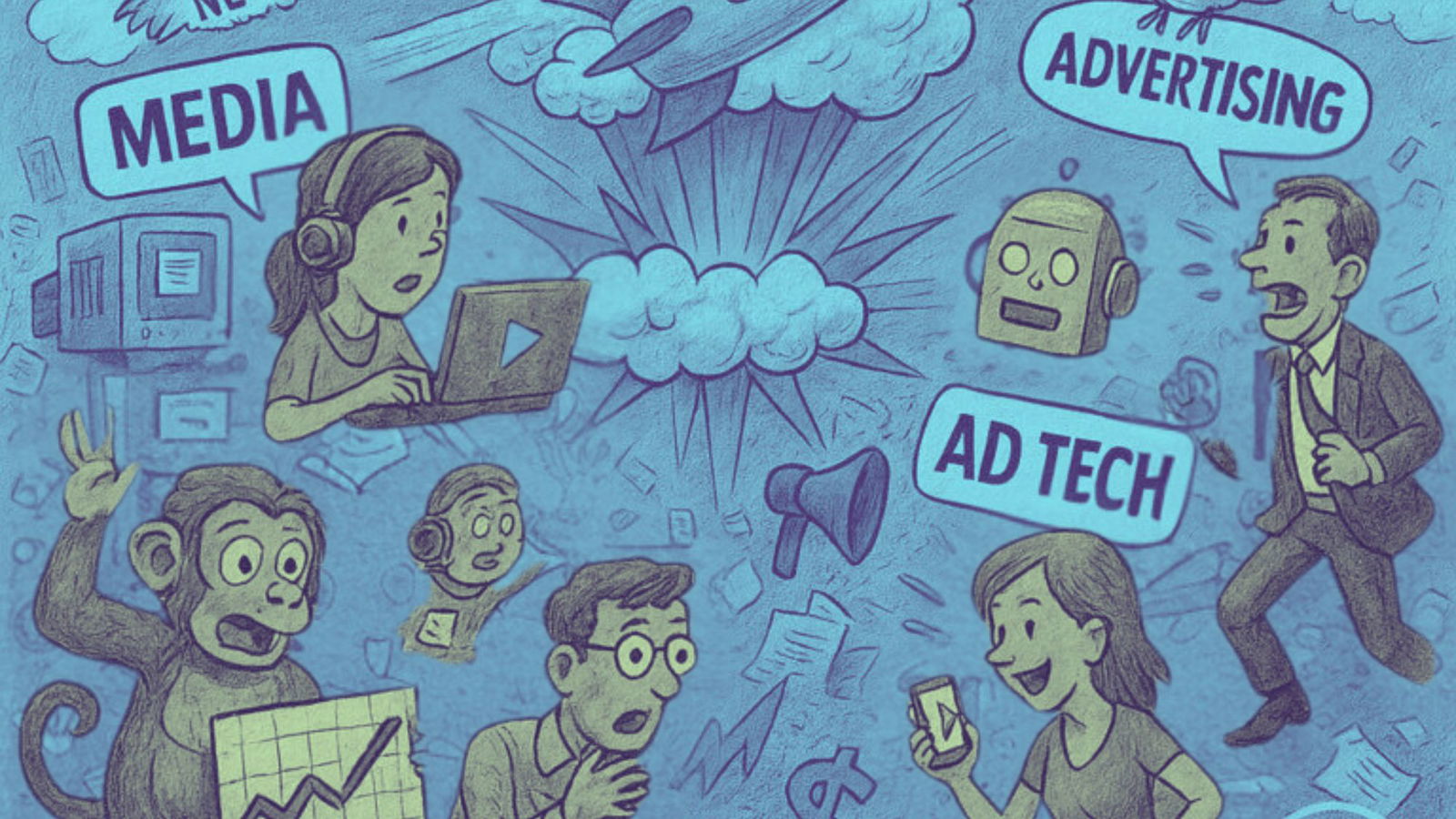This one caught my attention because my DMs tell the story before the quarterly reports do: fewer “easy” affiliate offers, more “can you demonstrate lift?” interrogations. Brands aren’t abandoning creators in 2025—they’re tightening the screws. The spend is still there, but it’s flowing to smaller rosters, performance-heavy contracts, and creators who can prove they move product, not just vibes.
1. From Mass Activations to Precision Pods
Let’s cut through the marketing spin: a lot of “efficiency talk” is really CFO pressure. According to the 2025 Influencer Marketing Benchmark Report by InfluTech (estimate based on aggregated brand surveys), the share of brands with dedicated influencer line items in their 2025 budgets has dropped from 85.8% in 2024 to around 75.6%. That’s not a collapse—it’s a recalibration toward smaller, more targeted programs where every dollar is tied to measurable outcomes.
- Participation in brand deals has slid from the mid-90% range to the high-70% range (InfluTech estimate, Q1 2025).
- Brands are reducing one-off activations and building year-long partnerships with 5–10 niche creators instead of 50 one-offs.
- Micro CPMs now average ≈ $119 and nano CPMs can hit $211, up 10–15% year over year (InfluTech, 2025).
- TikTok spend is down roughly 17% (source: SocialSpend Analytics, April 2025), triggering a shift toward dual-platform strategies on Instagram and YouTube.
2. The New Contract Playbook
Performance metrics are no longer optional add-ons—they’re the headline. Here’s how smart creators and brands are structuring deals:

- Hybrid Compensation: “Base fee of $2,000 + $5 per sale over 100 units (30-day attribution window).” This protects creators on the downside and rewards them handsomely on the upside.
- Blended Metrics: Agree on a Marketing Efficiency Ratio (MER) target—say 3.0 (Revenue ÷ Ad Spend). If MER exceeds 3:1, creator receives a $500 bonus. Contribution modeling can split credit: 50% last click, 30% assist, 20% view-through (7-day window).
- Attribution Windows: Standardize on at least 14-day post-click and 24-hour view-through windows, with a 30-day fallback if seasonality or high-consideration purchases are involved.
- Usage Rights: “Brand is granted a non-exclusive, worldwide, royalty-free license to use content in paid ads for 6 months, capped at $10,000 ad spend. Beyond that, negotiate a $1,500 fee for each additional month or $5 per additional thousand impressions.”
3. Blended Models and Attribution Clarity
Last-click only doesn’t cut it when brand lift can occur over weeks. If your affiliate contracts live on 24-hour last-click windows, you’ll under-credit creators who drive consideration. The solution? Blended and contribution models:
- Marketing Efficiency Ratio (MER): Total revenue generated ÷ total media spend. Brands using a MER target of 2.5–3.5 report 20% higher ROI versus last-click attribution (Source: Performance Media Council, Q2 2025).
- Contribution Modeling: Weighted credit across touchpoints—example: 50% sale credit for last click, 30% for mid-funnel view, 20% for upper-funnel reach. Adjust based on product LTV and sales cycle.
- Time Decay Windows: 7-, 14-, or 30-day attribution windows, with fractional credit assigned by recency.
4. Case Study: Fitness Micro-Influencer
Background: A fitness micro-influencer on Instagram (35K followers) typically saw CPM ≈ $110 for brand deals. They negotiated a hybrid contract with a wellness supplement brand.

- Base Fee: $1,500 flat for two posts + three Stories.
- Performance Bonus: $4 per sale beyond 200 units in a 30-day window.
- Attribution: 14-day post-click; 24-hour view-through.
- Results: 350 sales, total revenue of $17,500; performance bonus of $600; MER of 3.2. Brand reported a 45% lift in new-customer rate vs. paid search.
This deal showcases how micro creators command premium CPMs when they deliver true ROI and how brands can safeguard budgets with clear performance triggers.
5. Case Study: Year-Long Beauty Collaboration
Background: A mid-sized cosmetics brand shifted from 30 one-off partnerships to a 12-month roster of five niche beauty creators across Instagram, YouTube, and TikTok.

- Contract Structure: $3,000 quarterly retainers + tiered CPA of $8 per sale above 500 units per quarter.
- Metrics: 20% higher click-through rate on integrated tutorials, 50% decrease in creative iteration costs, 18% improvement in MER (from 2.8 to 3.3).
- Attribution: 30-day last click + 7-day view-through, with aggregated reporting dashboards shared monthly.
By consolidating spend into a smaller roster, the brand achieved deeper storytelling, cleaner data, and predictably higher ROI—even as total influencer budget remained flat.
6. Tactical Takeaways for Creators
- Lead with Proof: Media kits must include a “Results” page: conversion screenshots, cohort retention curves, cost-per-acquisition (CPA) history.
- Own Your Surfaces: Build email/SMS lists, Linktree-style hubs, and Shopify storefronts to preserve first-party data and mitigate tracking loss.
- Negotiate Hybrid Comp: Propose a modest base fee plus tiered performance incentives. Example clause: “Base compensation of $2,500 + $6 per sale after first 150 units (30-day attribution).”
- Codify Usage Rights: Spell out license duration, regions, spend caps, and extra fees for whitelisting or paid amplification.
- Diversify Platforms & Revenue: Don’t rely on one algorithm. Subscriptions, merch, and digital products can smooth revenue volatility.
7. Advice for Brands
- Select for Conversion: Screen creators by past affiliate performance in your category, not just follower counts.
- Measure with Blended Models: Use MER and contribution modeling to capture full value.
- Lock in Long-Term Roster Deals: Year-long agreements with 5–10 creators yield better storytelling, lower onboarding costs, and more stable KPIs.
- Transparency & Dashboards: Share live performance dashboards so creators can optimize creative and timing in real time.
TL;DR
Influencer spend for creator affiliates in 2025 is about leaner rosters, performance-heavy contracts, and rigorous attribution. Micro and nano influencers command higher CPMs because they drive action. Brands are shifting to blended metrics (MER, contribution models) and longer time-windows to capture true lift. If you can prove sales impact, negotiate smart hybrid contracts, and own your data, you’ll thrive—even as budgets tighten.
Leave a Reply